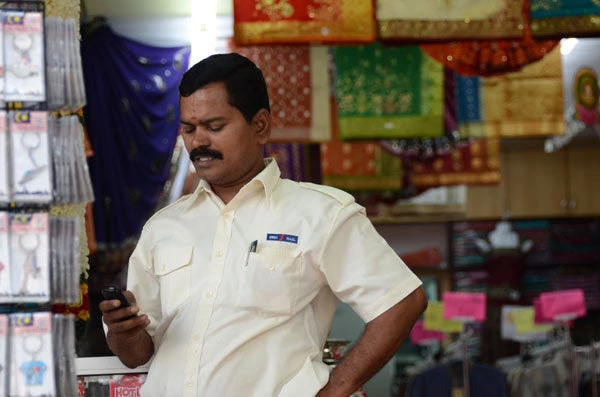Will cash and checks still exist 15 or 20 years from now given the increasing digitization of money? Is the smartphone our new bank? Will many people working in the financial sector industry lose their jobs due to growing use of technology, robots, algorithms, and online banking? Is financial technology (FinTech) the solution to providing financial services to the 2 billion people in the planet that still lack access to finance? Will digital currencies and other innovative FinTech products pose systemic risks in the future? What is the best approach to regulate FinTech companies?
These questions and many others were discussed at the Global Symposium on Innovative Financial Inclusion jointly organized by Bank Negara Malaysia and the World Bank Group Global Knowledge Research Hub in Malaysia. The symposium brought together more than 400 participants from 35 countries from around the world, including senior representatives of central banks, financial institutions, and new FinTech companies.
Some of our takeaways:
FinTech is changing the way people and firms save their money, make payments, invest, borrow, and acquire insurance products. Nowadays, millions of people around the world perform a wide range of financial transactions through their smartphones with no need to go to a bank branch. New financial products and mobile wallets targeting low-income households are emerging in Africa and Asia. Technology is making it possible to do practically any type of financial transactions – savings, payments, lending – in remote villages with the use of smartphones. FinTech can accelerate financial inclusion especially for poor people around the world.
Technology giants such as Apple, Google, Facebook, Amazon, and Alibaba are infringing on traditional financial institutions by offering convenient and well-interconnected financial solutions to their customers. And new online platforms offer people and small- and medium-enterprises (SMEs) attractive options to invest and lend with one another in a rapid and cost-effective manner. All these technological breakthroughs are enabling new technologies to fill the gaps in SME finance.
The benefits of FinTech are enormous not only for consumers, but also for financial institutions in managing risks and securing efficiency gains. For example, with the use of technology, loan applications can be appraised, approved, and disbursed much faster thanks to new ways to encode, share and analyze data. FinTech also shortens the time to trade and settle securities transactions. For financial institutions, it offers shorter, speedier transaction chains, greater capital efficiency, and stronger operational resilience.
But FinTech also brings risks and challenges that must be understood properly. FinTech can be a source of increased risks for stability, integrity, and market conduct. Risks may present themselves in various forms. Personal information of customers, for example, may be lost or stolen. When the IT system of a financial service provider is attacked, large-scale loss of personal data may occur. IT systems may also be accessed and manipulated to effect criminal payments.
The rapid pace of innovation is not only posing challenges to financial institutions, but also to financial sector regulators. The legal and regulatory frameworks in which FinTech players operate can be outdated, leaving room for regulatory arbitrage and uneven playing fields. Supervisory capacity may not be adequate yet to understand, identify, and monitor emerging risks.
Looking forward, the challenge for financial sector authorities is to foster innovation and establish an enabling regulatory environment for Fintech. There is a need to properly standardize regulatory approach for FinTechs by allowing them to experiment with new technologies in a safe environment.
Several countries in Asia, such as Australia, Malaysia, Singapore and Thailand are adopting the regulatory sandbox approach to FinTech. This is a safe and conducive space to experiment with FinTech solutions, and where the consequences of failure can be contained. The sandbox cannot remove all risks, as failure is an inherent characteristic of innovation. In this regard, the sandbox aims to provide an environment where if an experiment fails, its impact on consumers and on financial stability will be limited.
Finally, a clear message that came out of the Global Symposium is that in order for the FinTech industry to succeed, dialogue and collaboration between emerging FinTech companies and authorities are needed. We all must understand and be prepared to embrace disruption and innovation that technology is bringing to our lives. The nascent FinTech industry requires a proper enabling environment to continue growing.




Join the Conversation